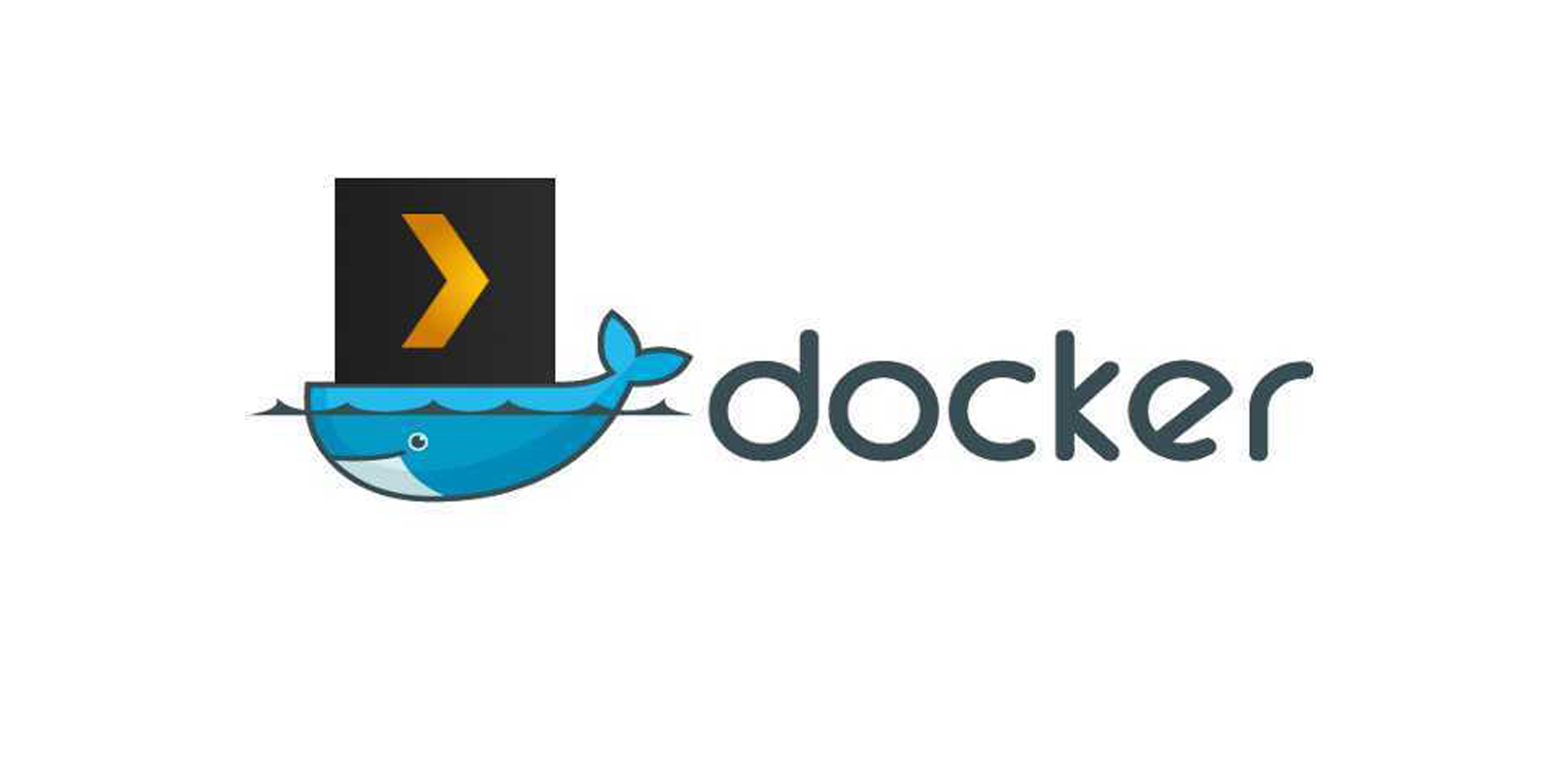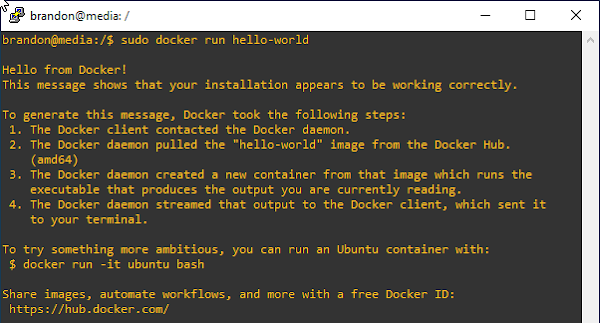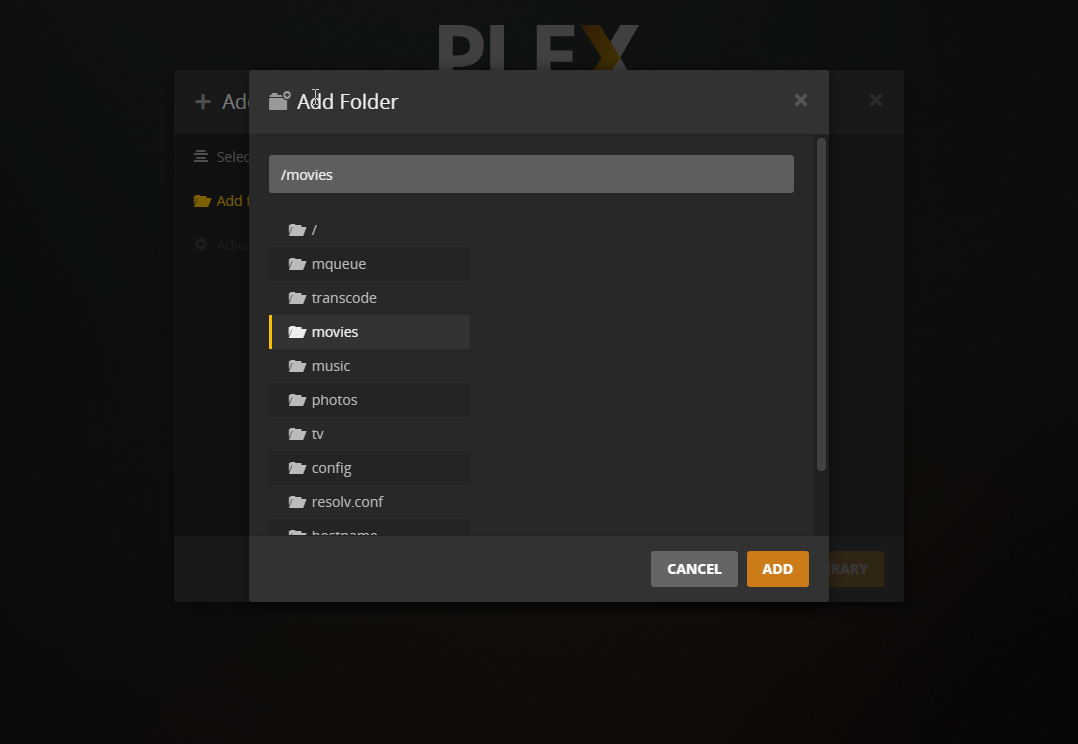

Navigate to Docker, left click the Plex logo and click WebUI: Now that we've setup our Plex Docker container, we have to perform some final steps within our Plex instance before we can start using it. Log in, then copy paste the Plex Claim code here.Ĭlick Apply, then the Docker image will download and the Docker container will be set up.

Container Variable: PLEX_CLAIM (Key 1): Navigate to.To do this, open Unraid in your file browser (\\

Once this share has been created, I recommend creating folders that separate the type of media content you wish to store. On the Share Settings page, fill out Share name and Comments and click Add Share: Open up Unraid, click on the Shares tab then click Add Share: Setting up an Unraid shareīefore we install Plex on our server, we need to create an Unraid "Share" that is dedicated to holding our media content that we want Plex to catalogue. Navigate to, click Sign up, enter your email, password and create your account! All pretty standard stuff. Note: This article assumes that you've already setup Unraid. In this article, I'm going to go through how I set up Plex on my Unraid NAS Server! I wanted the server to hold all my media content and all of Plex's features helped me justify the costs associated with building the NAS. Plex was one of the biggest reasons behind me buying and setting up my NAS. Plex groups similar media titles, remembers what you have, and haven't watched, where you are up to in videos, has excellent search functionality, provides additional information derived from media content metadata and much, much more. Think Netflix, but for your own media content.


 0 kommentar(er)
0 kommentar(er)
